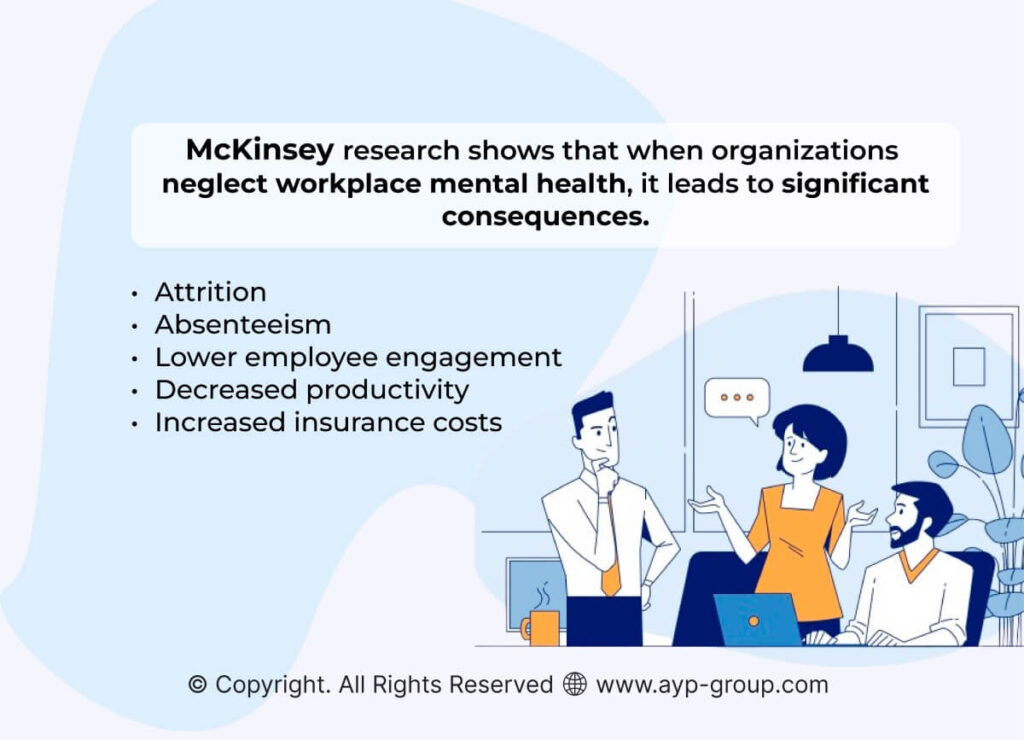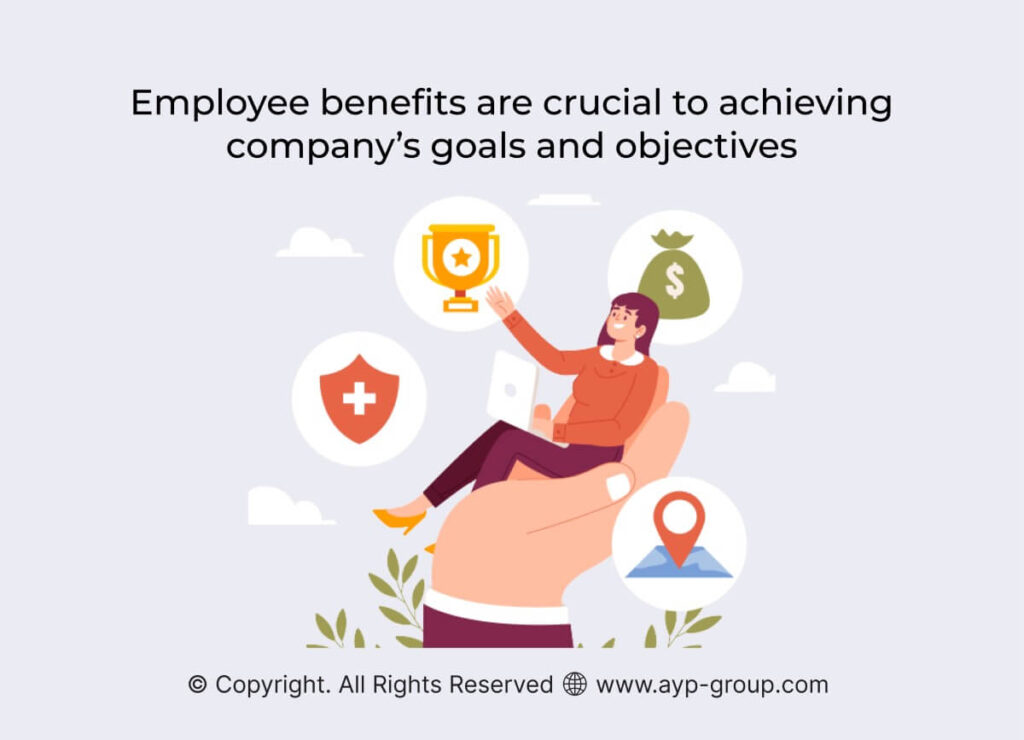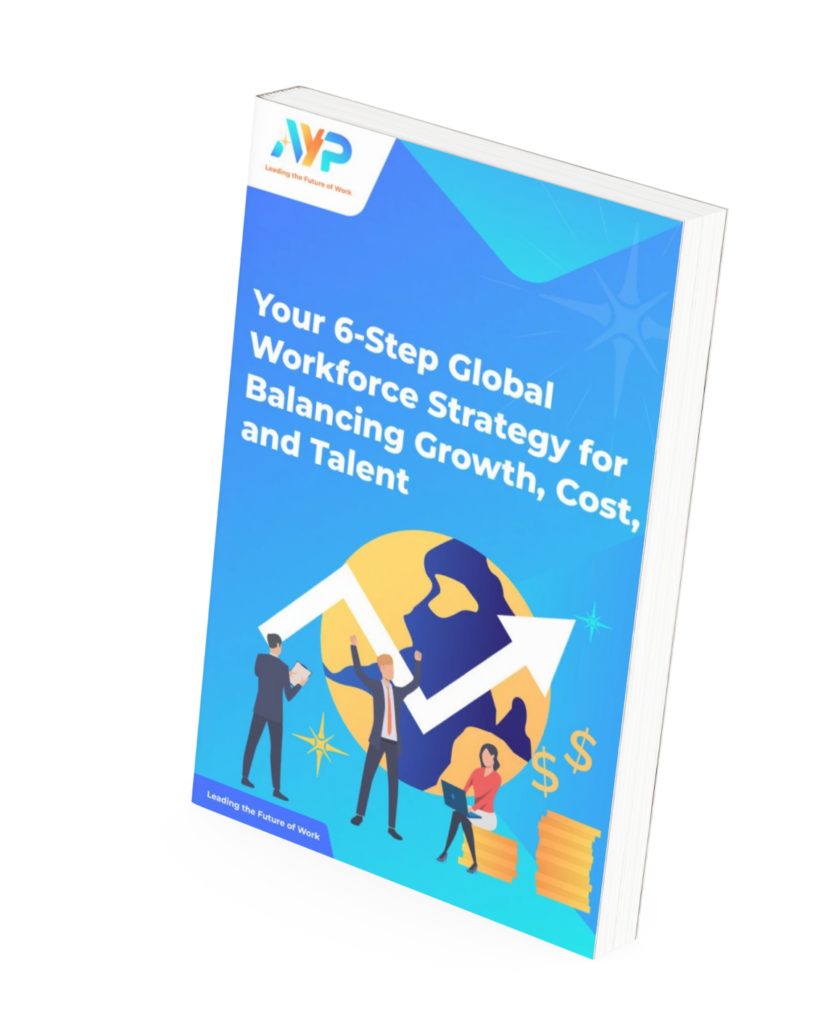It is no longer a surprising fact: 8 out of 10 employees in Asia feel at risk of burnout at work.
Employees are feeling more stressed than ever before. Many of today’s workforce generation - be it the Millennials or Gen-Z working adults - are reporting higher stress levels and lower job satisfaction which are often tied to reasons such as long working hours and an ever increasing workload that are made worse by burgeoning unrealistic job expectations. Mercer’s Global Talent Trends Study found that only 63% of employees reported feeling energized and motivated at work in 2022; a figure that has dropped significantly compared to pre-COVID-19 pandemic in 2019, and which registered the lowest record in the 7-year study conducted. Across Asia, the number dwindled to 56% and 44% for Japan and Singapore respectively - a shocking statistic that came well below the regional average of 68%1.
Employee burnout is such a prevalent issue today that the World Health Organization (WHO) has classified it as an occupational phenomenon that is occurring across the globe. Burnout is categorized as ‘a syndrome conceptualized as resulting from chronic workplace stress that has not been successfully managed’ in the 11th Revision of the International Classification of Diseases (ICD-11). The detrimental condition is characterized by symptoms such as feelings of energy depletion or exhaustion, increased mental distance or having negative feelings regarding one’s job, and a reduced efficacy in professional capacity2.
While employee burnout may affect individual employees personally, the actual impact extends to the organizations that they work for: there is a 63% likelihood of burned-out employees to take sick leave, and they are 2.6 times more likely to seek a different job elsewhere. Burned-out employees also scored 13% lower in confidence of their work performance - making them half as likely to discuss performance goals’ approach with their managers3.
A positive workplace any day keeps employee burnout at bay
There is a need for organizations to acknowledge and be aware of the burnout endemic today, not only for organizational health, but also to provide employees with better occupational wellbeing and security. How does an employer provide a positive working environment that is conducive to their employee’s safety and health or enhances productivity, and how should this be reaffirmed and communicated regularly in preventing employee burnout?
The answer lies in understanding the causes of employee burnout.

The biggest indicator of employee burnout is toxic workplace behaviour, as a growing number of evidence points to many adverse effects from poor workplace mental health. McKinsey Health Institute’s 2022 survey listed attrition, absenteeism, lower employee engagement, decreased productivity, and increased insurance costs as the consequences of organizations that failed to moderate their workplace environment and provide a healthy work climate to their employees4.
Other key factors that could contribute include unsustainable workload and lack of working relationships, as well as lack of recognition and autonomy from team leaders5.
Mitigating these root causes to curb employee burnout before it occurs is the best prevention than cure to handle this issue. Systemic organizational imbalance across job demands and resources is one of the most powerful drivers of employee burnout - therefore, employers can and should address the underlying burnout causes by redesigning work so that it is inclusive, sustainable and supportive of individual learning and growth for all employees6. Here are 5 ways on how to do it right and prevent employee burnout before it happens:
Equip your managers well for managing burnouts
When your managers set clear expectations, remove barriers and facilitate collaboration between colleagues, your employees can feel fully supported to perform their best at work7. Establishing regular meetings with employees for feedback and communication helps as well, as it can keep stress response under control and ultimately, lowers the risk of burnout.
Role expectations transparency
Always be sure to set clear role expectations from the start of your hiring process, as this ensures that you are honest and transparent about a hired employee’s tasks and responsibilities without extra embellishment8.
Comprehensive employee benefits and expansion of support

Offer comprehensive employee benefits packages such as enhanced wellness resources that could cater to financial, meditation or mindfulness support. Be open to year-round communication to employees so that they are aware of these benefits and create convenient access help to them should they need it9.
Encourage employee autonomy
Enhance efficiency and employee motivation by granting autonomy over task allocation. This can create a more balanced workload, and lessens burnout risks from overwhelming responsibilities. By nurturing a culture that values and trusts employee empowerment, you can build resilience against employee burnout and foster higher levels of employee satisfaction10.
Promote fairness and work-life balance
Develop company values that help leaders understand the importance of personal time besides work, such as an employee engagement plan or program11.
Want more tips like these and the best HR insights today? Learn more about our EOR and PEO solutions, or get in touch with us.
References
- From The Great Resignation To The Great Burnout, Employers In Asia Continue To Grapple With Shifting Employee Priorities ↩︎
- Burn-out An "Occupational Phenomenon": International Classification of Diseases. ↩︎
- Employee Burnout, Part 1: The 5 Main Causes. ↩︎
- Employee Mental Health and Burnout in Asia: A Time to Act. ↩︎
- What To Do About Burnout: Jennifer Moss Shares Insights From Her Book The Burnout Epidemic. ↩︎
- Addressing Employee Burnout: Are You Solving The Right Problem? ↩︎
- How to Prevent Employee Burnout. ↩︎
- How HR and Managers Can Work Together to Prevent Employee Burnout. ↩︎
- How Companies Can Help Prevent Employee Burnout. ↩︎
- How To Prevent Employee Burnout: 10 Strategies for Managers. ↩︎
- How to Prevent Employee Burnout. ↩︎



